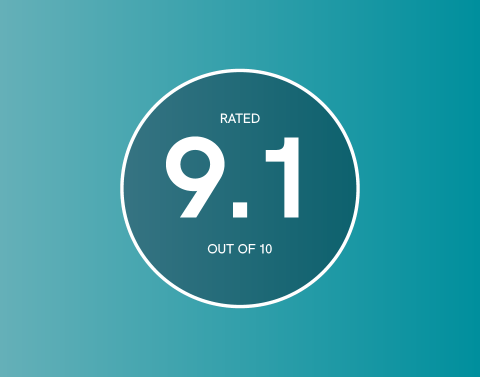“The Cycle” – it is one of the facts of Insurance life; premiums will go up, then down, then up and then down again - and with a regularity that could have been measured by a metronome. This Soft Market has lasted longer than others and signs are mixed about when, or if, it will pick up again. So does this mean that the Cycle is now broken?
Some brokers and underwriters will argue that the bottom of the market is in sight, but let’s be honest, no-one could predict exactly when we may hit it, otherwise they would be millionaires many times over by now. If the bottom of the market is in sight, does this then mean that the cycle is not actually broken? Not really, say some of the members of the London Market, as the rate and the extreme of the rise is yet to be seen and it could turn out that the peaks and troughs become narrower in the future, and the Cycle could become less extreme and volatile than before.
However, is this a good thing? If increases and drops in premiums change very little (compared to before), then how does one behave as a broker or an underwriter when it comes to knowing if this has become a soft or hard market? Differences between the two are less stark, so when do you know to push back for information as an underwriter and, how do brokers educated in the soft market know which risk information is necessary for the insurer – and when to present it?
I am not an underwriter or even a broker, but from a layperson’s point of view, it seems that a ‘shallower’ market could create its own uncertainty and confusion as people need to get used to new factors and to try to recognise smaller clues about forthcoming changes. This is something on which I am more than happy to be educated and informed by experienced parties.
Of course, another factor driving premiums down is the overcapacity present in the market across pretty much all of the lines of business; this could have delayed the cycle to pick back up as it will need some of the carriers (both established and newer ones) to close down some of their lines of business. Although bottom line should be the main driver of any carrier, top line is seen as a bigger indicator of growth so closing any class of business needs to be done with a plan and with a strong message to investors and competitors.
What happens when capacity is reduced? Does this mean that premiums will suddenly rise again and the world will suddenly look all shiny and rosy? Of course, not even I, as a layperson, can be so naïve as to believe this! What it does mean, though, is that brokers and underwriters will suddenly become a lot more aware that clients needing to insure their risks could find themselves at a shortage of carriers. Should the logic be correct, then rates will rise again and then it can be decided the Cycle was simply on hold for a more balanced positioning between carriers and clients.
From my point of view, the interesting aspect of either scenario is to understand who is best prepared for a rise in rates; the consensus is that there will be a rise in rates again, and the question is how big a rise will it be? Could it be that some brokers (who were only too happy to look for the very lowest price for their clients) will have to work harder to get their risks underwritten by stronger and suitably experienced underwriters when choices are fewer than before? Is there also a chance that both sides of the Insurance Market are brought closer together working in tandem for the simple aim of best service to their clients at the most appropriate price rather than simply the lowest?
The only conclusion I can draw as a close market observer is that there is an imbalance at present; until this is resolved, the sharp fluctuations of the market will continue, and at the same time, this will affect the quality of the underwriting and broking being carried out.



